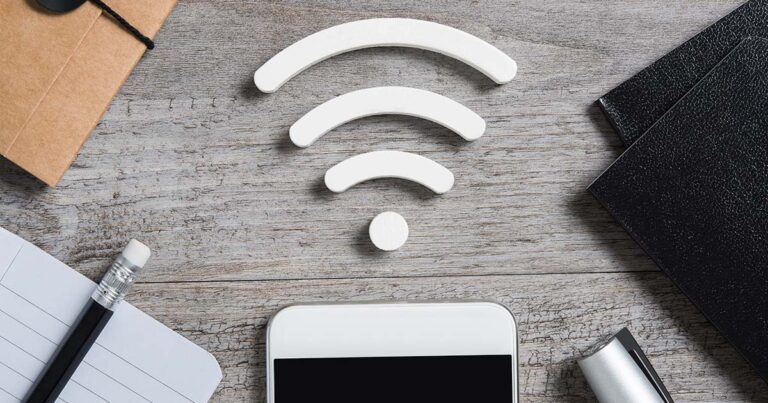Optus Mobile Review ALDI Mobile Review Amaysim Mobile Review Belong Mobile Review Circles.Life Review Vodafone Mobile Review Woolworths Mobile Review Felix Mobile Review Best iPhone Plans Best Family Mobile Plans Best Budget Smartphones Best Prepaid Plans Best SIM-Only Plans Best Plans For Kids And Teens Best Cheap Mobile Plans Telstra vs Optus Mobile Optus NBN Review Belong NBN Review Vodafone NBN Review Superloop NBN Review Aussie BB NBN Review iiNet NBN Review MyRepublic NBN Review TPG NBN Review Best NBN Satellite Plans Best NBN Alternatives Best NBN Providers Best Home Wireless Plans What is a Good NBN Speed? Test NBN Speed How to speed up your internet Optus vs Telstra Broadband ExpressVPN Review CyberGhost VPN Review NordVPN Review PureVPN Review Norton Secure VPN Review IPVanish VPN Review Windscribe VPN Review Hotspot Shield VPN Review Best cheap VPN services Best VPN for streaming Best VPNs for gaming What is a VPN? VPNs for ad-blocking That’s a lot of spare gigabytes going to waste. Thankfully, wireless hotspotting is a great way to put those extra gigabytes of potentially expiring data to use. Mobile 4G internet, for instance, can technically reach speeds of 100Mbps download and 50Mbps upload, but you’re unlikely to see those speeds during practical everyday scenarios. Similarly, those in an area with 5G coverage (using a 5G-compatible handset on a 5G plan) can theoretically reach speeds of 1000Mbps download and 100Mbps upload, but that’s also unlikely in practical settings. If you’re curious about speeds, it’s best to run a WiFi speed test initially, as long as you don’t mind using a bit of data to run the test, and you’ll see what kind of download and upload speeds you’re working with. While max-speed 5G is recommended for five or more users and max-speed 4G is best for three or four people, those counts drop the slower the speeds. For example, 50Mbps download speeds are best for three or four people, but 25Mbps is only recommended for a couple of users. If you’re using a mobile hotspot to browse the web with a bit of instant messaging and maybe some music streaming thrown in, you shouldn’t expect to use a whole lot of data per hour. That said, watching lots of videos or using streaming services like Netflix or Kayo can make those gigabytes disappear incredibly fast. For video streaming, check for options that let you lower the quality to save data if you don’t have enough monthly mobile data for better quality. This logic also applies to anyone else you share your hotspot password with, as anyone connected to your mobile phone is pulling from the same speed and data pool. Mobile 4G internet, for instance, can technically reach speeds of 100Mbps download and 50Mbps upload, but you’re unlikely to see those speeds during practical everyday scenarios. Similarly, those in an area with 5G coverage (using a 5G-compatible handset on a 5G plan) can theoretically reach speeds of 1000Mbps download and 100Mbps upload, but that’s also unlikely in practical settings. If you’re curious about speeds, it’s best to run a WiFi speed test initially, as long as you don’t mind using a bit of data to run the test, and you’ll see what kind of download and upload speeds you’re working with. While max-speed 5G is recommended for five or more users and max-speed 4G is best for three or four people, those counts drop the slower the speeds. For example, 50Mbps download speeds are best for three or four people, but 25Mbps is only recommended for a couple of users.
